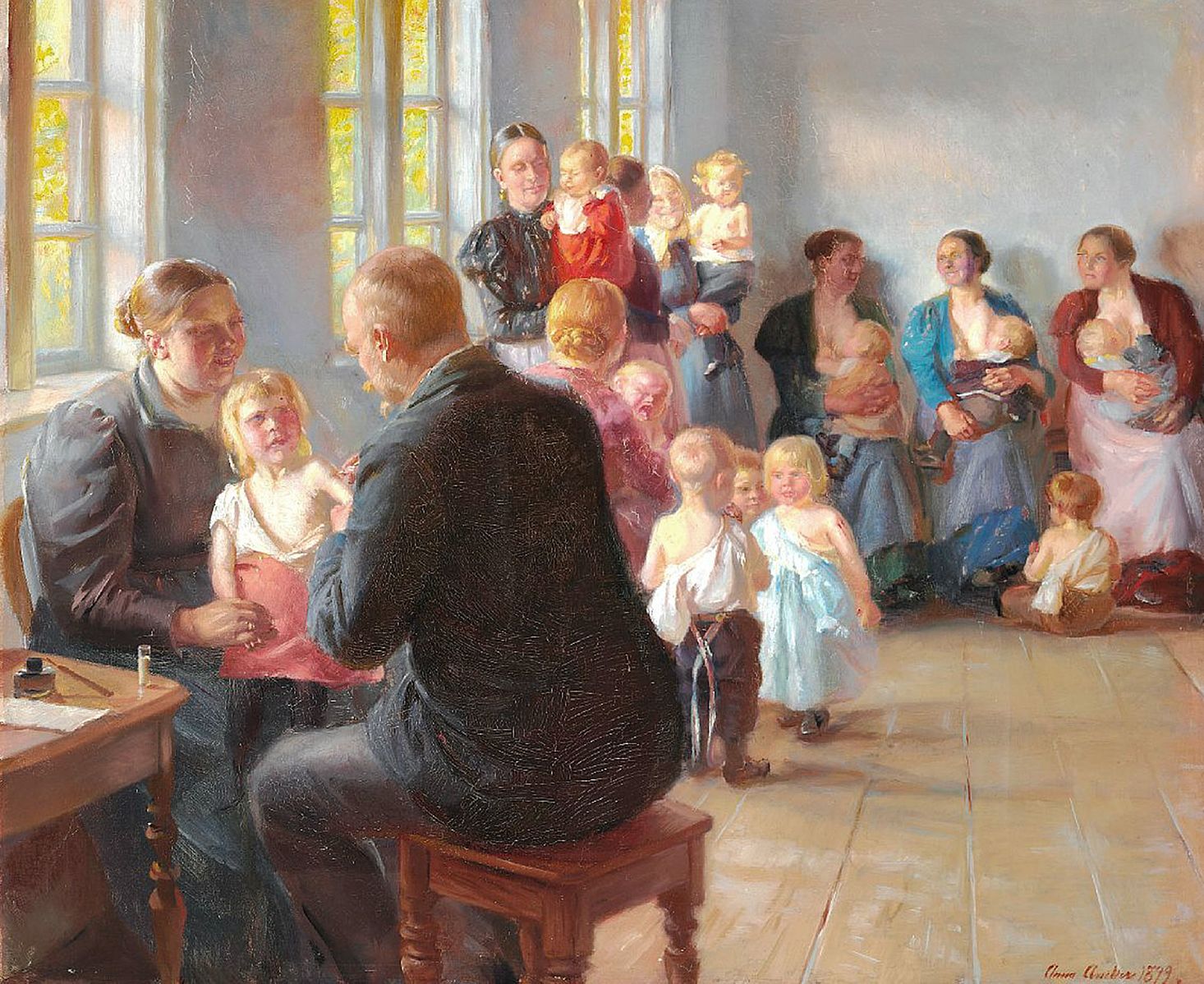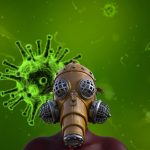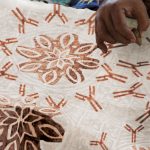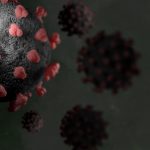The century-old TB vaccine being trialled for use against COVID-19 has given up one of its secrets
Researchers say they have at last discovered how a 100-year-old TB vaccine produces at least some of its off-target effects that cut infant mortality in half.
The long-observed reduction in newborn deaths from infectious disease when given the bacille Calmette-Guerin (BCG) vaccine – which is now being trialled as a prophylactic against COVID-19 – has been mysterious and controversial.
But a study published in Science Translational Medicine, led by Professor Tobias Kollmann and Dr Nelly Amenyogbe at Telethon Kids Australia, describes a rapid proliferation of neutrophils that allows newborn mice to survive an otherwise lethal infection.
Within a few days of receiving the vaccine, they write, mice could survive a polymicrobial challenge resembling sepsis, which kills about a million newborns globally every year according to the WHO.
The authors saw a rapid increase in production of neutrophils in the spleen within 24 hours of BCG, which appeared to induce granulocyte colony-stimulating growth factor leading to emergency granulopoeisis. Experiments with vaccinated donor spleens and neutrophil depletion suggested that this neutrophil expansion was the key to survival.
But the effects were time-limited in two ways. BCG gave no protection to adult mice, nor to young mice challenged with sepsis too long after vaccination.
They then analysed blood samples from newborn babies from Guinea-Bissau, Gambia and Papua New Guinea – the kind of low-resource settings where BCG’s impact is most felt – alongside mouse blood samples and found the same (or equivalent) rapid but short-lived changes in both.
After BCG the human blood had more neutrophils – “more specifically, BCG delayed the normal physiological contraction of the neutrophil compartment that occurs over the first week of life”.
The authors write that since neonatal susceptibility to sepsis has been linked to delayed emergency granulopoeisis, “increasing neutrophil numbers in the immediate newborn period may provide immediate albeit short-term protection”.
The team is assisting the BRACE trial led by Professor Nigel Curtis at the Murdoch Children’s Research Institute in Melbourne.
Originally designed to recruit 4000 healthcare workers, BRACE will now expand to 10,000 across Australia, Spain and The Netherlands thanks to a $10 million donation from the Bill and Melinda Gates Foundation. The workers will be randomised to receive either BCG with flu vaccine or flu vaccine alone, and will measure absenteeism as a proxy for COVID infection.
In a briefing yesterday, Dr Amenyogbe and Professor Kollmann stressed that the emergency granulopoeisis had only been seen in baby mice and human blood in vitro, and that there was as yet no evidence that BCG worked against COVID-19.
Professor Kollmann said BCG was known to be beneficial in a range of diseases, through mechanisms as yet unknown.
“How BCG works beyond what we’ve shown with neutrophils in newborns remains to be nailed down, but BCG is known, documented, proved to work in autoimmunity, multiple sclerosis, infectious diseases, newborn sepsis, allergies,” he said.
Professor Kollmann said BCG “cured” type 1 diabetes, and the very fact this appeared too good to be true was the reason it was not better known. Previous work on BCG had been dismissed as “implausible and impossible” by eminent scientists.
“It is the dogmatic thinking of the established scientists who are often the gatekeepers of what is acceptable and what is not acceptable, who decide what is passed on to the news media and what is not passed on, and these scientists … cannot think outside of their own box,” he said.
“Endocrinologists who make a living administering insulin and insulin pumps to diabetics don’t believe this could be true.”
He and Dr Amenyogbe expressed some concern that BCG could go the way of hydroxychloroquine, swept up in the COVID-19 hype and diverted from newborns at risk of TB and sepsis.
“We need to make sure it’s still used where we know it works,” Dr Amenyogbe said.






